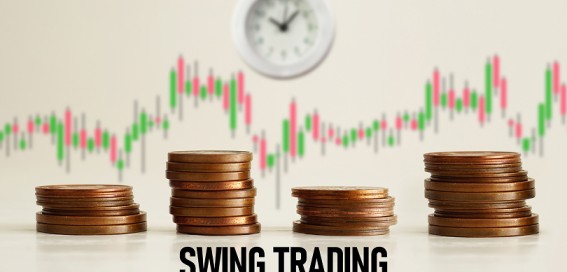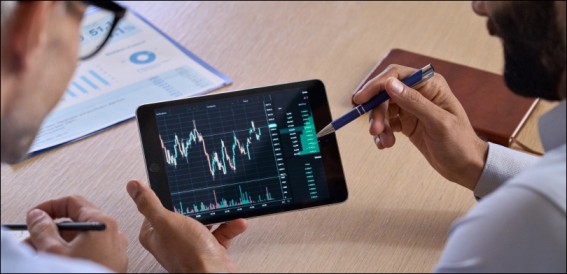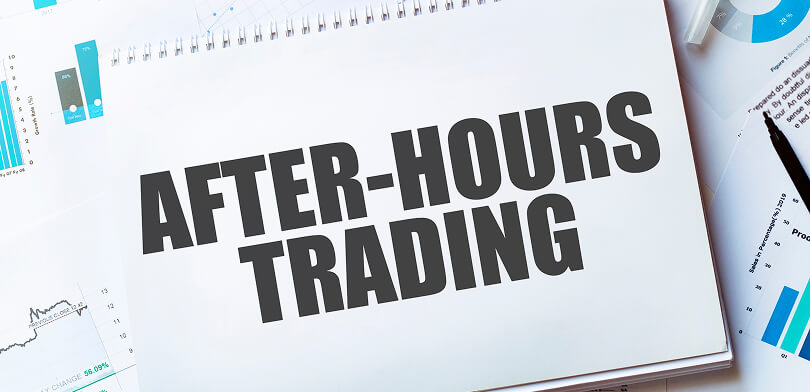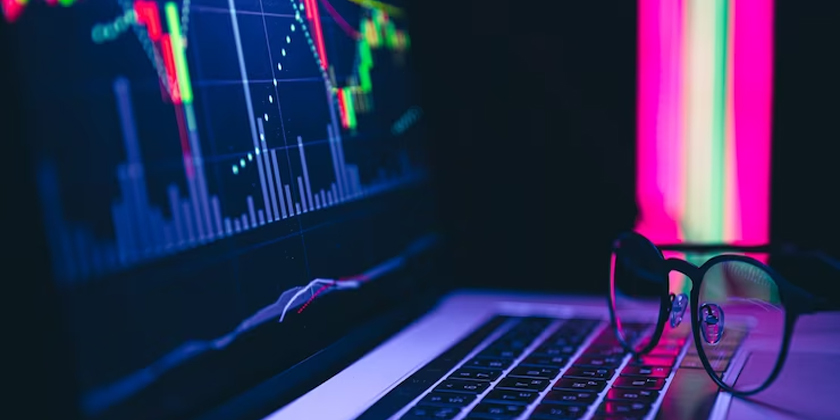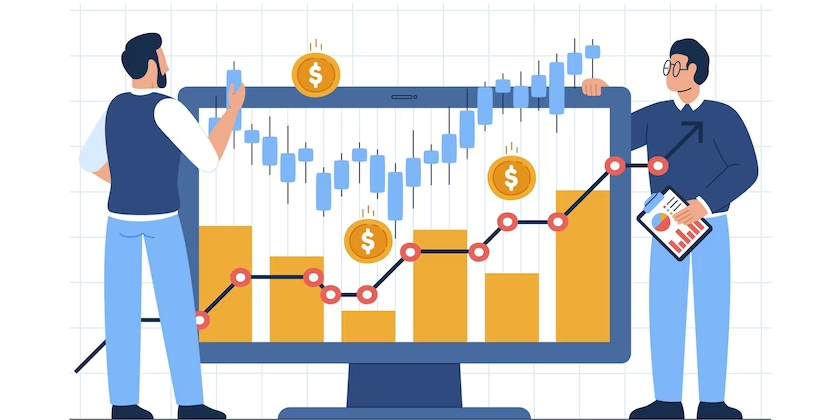Try your trades before they try you.
Trading based on gut feeling is like driving blindfolded—risky, chaotic, and likely to crash. Backtesting acts as a safety net. It enables you to test trading strategies using historical data to determine how they might have performed in the past—before committing real money.
However, backtesting is often misunderstood or misapplied. Many traders cherry-pick data, ignore transaction costs, or overfit their models. The result? Strategies that look good on paper but fail miserably in live markets.
Why Backtesting is Essential
Backtesting is not about predicting future prices. It’s about evaluating whether your idea has merit in real-world conditions. A strong backtest:
- Highlights flaws in your strategy before real losses occur
- Helps build conviction by showing historical consistency
- Offers a framework for refining entries, exits, and sizing decisions
- Improves discipline by anchoring decisions in data, not emotions
It’s the difference between an untested guess and a validated approach.
Begin your investing journey today. Your Demat account is the first step.
How to Backtest a Trading Strategy
To backtest correctly, follow a structured process with the right tools and realistic assumptions:
-
Source Clean Historical Data
Good data is the foundation of reliable backtesting. Look for platforms that offer:
- Adjusted closing prices that reflect splits and dividends
- Comprehensive timeframes, including intraday and end-of-day data
- Export options for external analysis in Python, Excel, or other tools
-
Define Exact Entry and Exit Rules
Avoid vague phrases like “buy when the market feels strong.” Your rules should be:
- Clear: e.g., “Buy when 14-day RSI drops below 30 and price crosses above the 50-day moving average.”
- Quantifiable: Based on fixed indicators or price action.
- Repeatable: Can be programmed or backtested without ambiguity.
This reduces emotional interference and ensures consistency across trades.
-
Simulate Real-World Conditions
Most strategies fail because the backtests are overly optimistic. Include real-world constraints such as:
- Slippage: Prices rarely fill exactly where you want, especially during volatile markets
- Brokerage and transaction costs: Frequent trades can erode gains
- Liquidity: Illiquid stocks or times of day can lead to poor execution
Tip: Deduct 0.1% to 0.5% per trade to simulate slippage and costs realistically.
-
Test Across Multiple Market Phases
A strategy that only works in bull markets is not robust. Test it over:
- Bullish periods
- Bearish corrections
- Sideways or range-bound markets
This ensures the strategy does not overfit a particular environment.
Common Pitfalls in Technical Analysis Backtesting
Even well-intentioned traders can make these mistakes:
Slippage and Spread Ignorance
In fast-moving markets, your expected fill price might not be achievable. This minor difference, if unaccounted for, adds up over time.
Ignoring Commissions and Fees
Brokerage, taxes, and exchange fees can turn a seemingly profitable strategy into a loss-making one, particularly in short-term trading.
Curve Fitting
This occurs when a strategy is overly tuned to past data, capturing noise rather than true signals. The result is great historical performance but poor live results.
Limited Data Scope
Relying on just a specific period or a small number of trades can distort the results. It’s better to aim for hundreds of trades over a span of at least 3 to 5 years.
Emotional Biases That Distort Trading
Even with a solid backtest, emotions can derail your performance. Recognising and managing these biases is key to consistency.
Fear of Missing Out (FOMO)
This drives impulsive entries at the top of a move. Traders chase rallies instead of waiting for setups.
Fix: Trust your strategy. Missing a trade is better than entering a bad one.
Loss Aversion
Traders hold losing positions too long, hoping for a reversal, while cutting winners early.
Fix: Define stop-loss levels and take-profit points. Stick to them regardless of emotions.
Overconfidence
A few wins can inflate your risk appetite, leading to reckless decisions.
Fix: Maintain a fixed risk per trade (e.g., 1–2% of capital), regardless of past outcomes.
Revenge Trading
Trying to make up for losses by doubling down on risk leads to even bigger losses.
Fix: Step away. Don’t trade immediately after a big loss.
Techniques for Emotional Control
Maintain a Trading Journal
Record each trade along with your emotional state. Over time, patterns emerge:
- “I panic when markets move fast.”
- “I overtrade after a win.”
Awareness helps you break negative cycles.
Use the “Friend’s Money” Test
Ask yourself, “Would I place this trade if it were someone else’s money?” If not, reconsider.
Schedule Trading Sessions
Avoid trading impulsively. Stick to predefined hours and strategies. This adds structure and prevents emotional decisions.
The 24-Hour Rule
After a significant win or loss, take a break. Trading in an emotional state increases the risk of poor judgement.
Performance Metrics That Matter
Instead of just looking at win percentage, evaluate deeper metrics:
Sharpe Ratio
Measures return per unit of risk. A ratio above 1 indicates good risk-adjusted performance.
Profit Factor
Total profit divided by total loss. Anything above 1.5 is generally considered solid.
Maximum Drawdown
The largest portfolio declined from peak to trough. Can you emotionally handle a 30% drop?
Expectancy
[(Win% × Avg Win) – (Loss% × Avg Loss)]
This gives an average expected profit per trade.
Avoid obsessing over a high win rate—it’s often misleading without context.
Advanced Backtesting Techniques
Walk-Forward Testing
Split historical data into training and testing periods. For example:
- Train on 70% of the data
- Test on the remaining 30%. This helps evaluate how well the strategy adapts to new data.
Monte Carlo Simulation
Randomly reorder trades to simulate different market paths. If the strategy consistently performs well, it’s likely robust rather than lucky.
Out-of-Sample Testing
Keep a portion of your data untouched during development. Use it only once the strategy is finalised. This serves as a true test of performance.
Tools for Backtesting
Several platforms provide easy-to-use automated Backtesting Tools tailored for technical and quantitative traders:
| Platform | Features |
| StockMock | Backtest options strategies with visual results |
| Streak | Drag-and-drop strategy builder for equities & F&O |
| AlgoTest | Supports intraday, swing and positional backtests |
| uTrade Algos | Custom logic builder with execution support |
| Backtrader | Open-source Python engine for advanced users |
Choose a tool based on your experience level, asset class, and budget.
Final Thoughts: Discipline + Data = Trading Edge
A trading strategy validation is only as good as the discipline with which it’s executed. Backtesting provides the data-driven foundation, but consistency, emotional control, and structured decision-making bring those results to life.
Ask yourself:
- “Am I trading my plan or chasing the market?”
- “Would I risk this trade if it were someone else’s capital?”
- “Is my position size within my defined risk limit?”
When in doubt, step back. The market will still be there tomorrow.


